Consequences of Increasing Threat of Identity Theft
VerifiedAdded on 2023/06/12
|12
|675
|74
AI Summary
This presentation discusses the consequences of the increasing threat of identity theft, including stolen identity, hacking of social profiles, and lack of consistency in security. It also covers major threats such as ransomware and trojan viruses, and provides recommendations for protecting oneself from cybercrime.
Contribute Materials
Your contribution can guide someone’s learning journey. Share your
documents today.
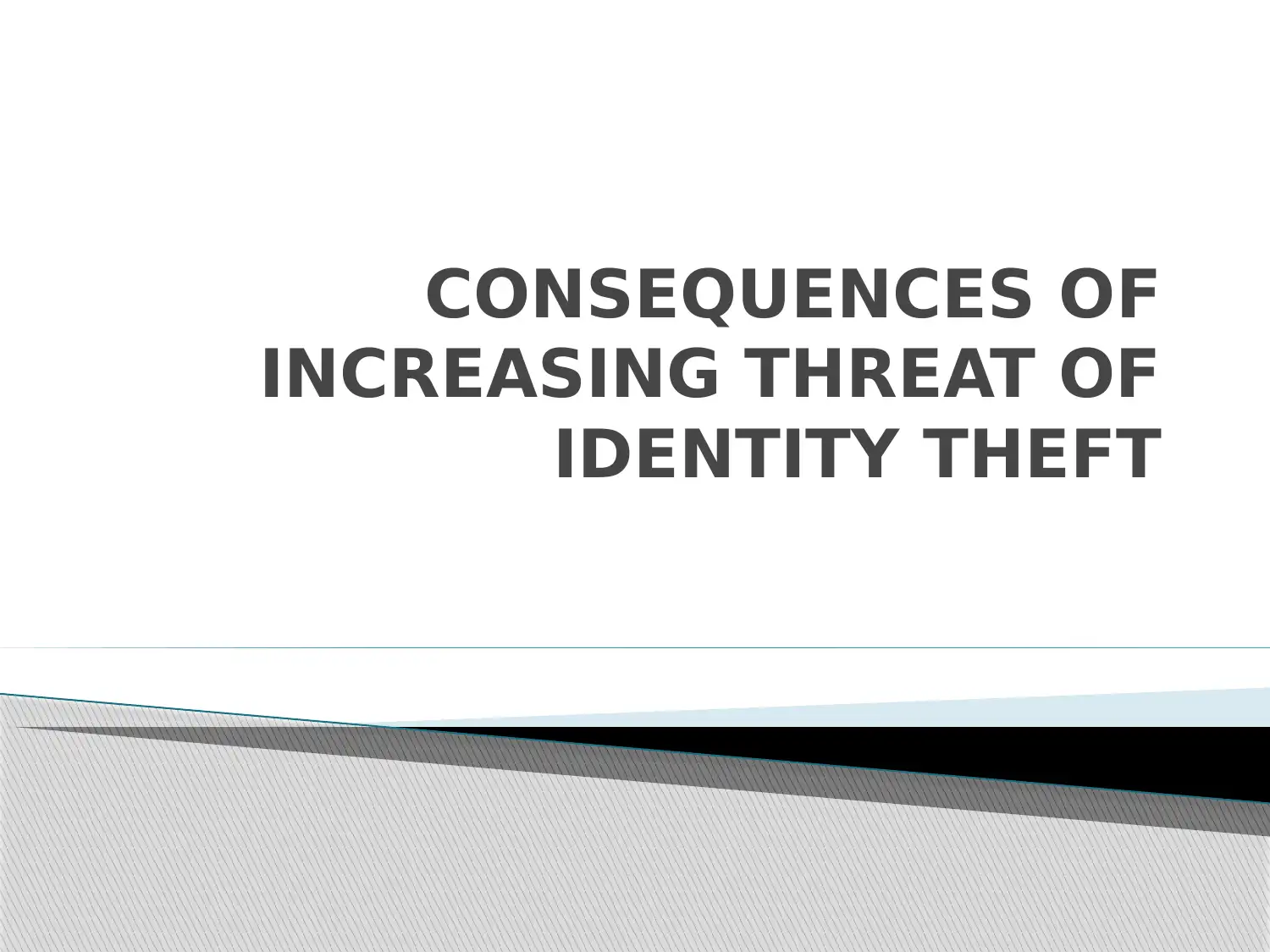
CONSEQUENCES OF
INCREASING THREAT OF
IDENTITY THEFT
INCREASING THREAT OF
IDENTITY THEFT
Secure Best Marks with AI Grader
Need help grading? Try our AI Grader for instant feedback on your assignments.

Cyber Crime is basically a crime that is
involvement of a hacker and the system they
want to hack.
Cyber crime includes hacking, spamming,
and phishing that helps to get the
information of other's information.
INTRODUCTION
involvement of a hacker and the system they
want to hack.
Cyber crime includes hacking, spamming,
and phishing that helps to get the
information of other's information.
INTRODUCTION
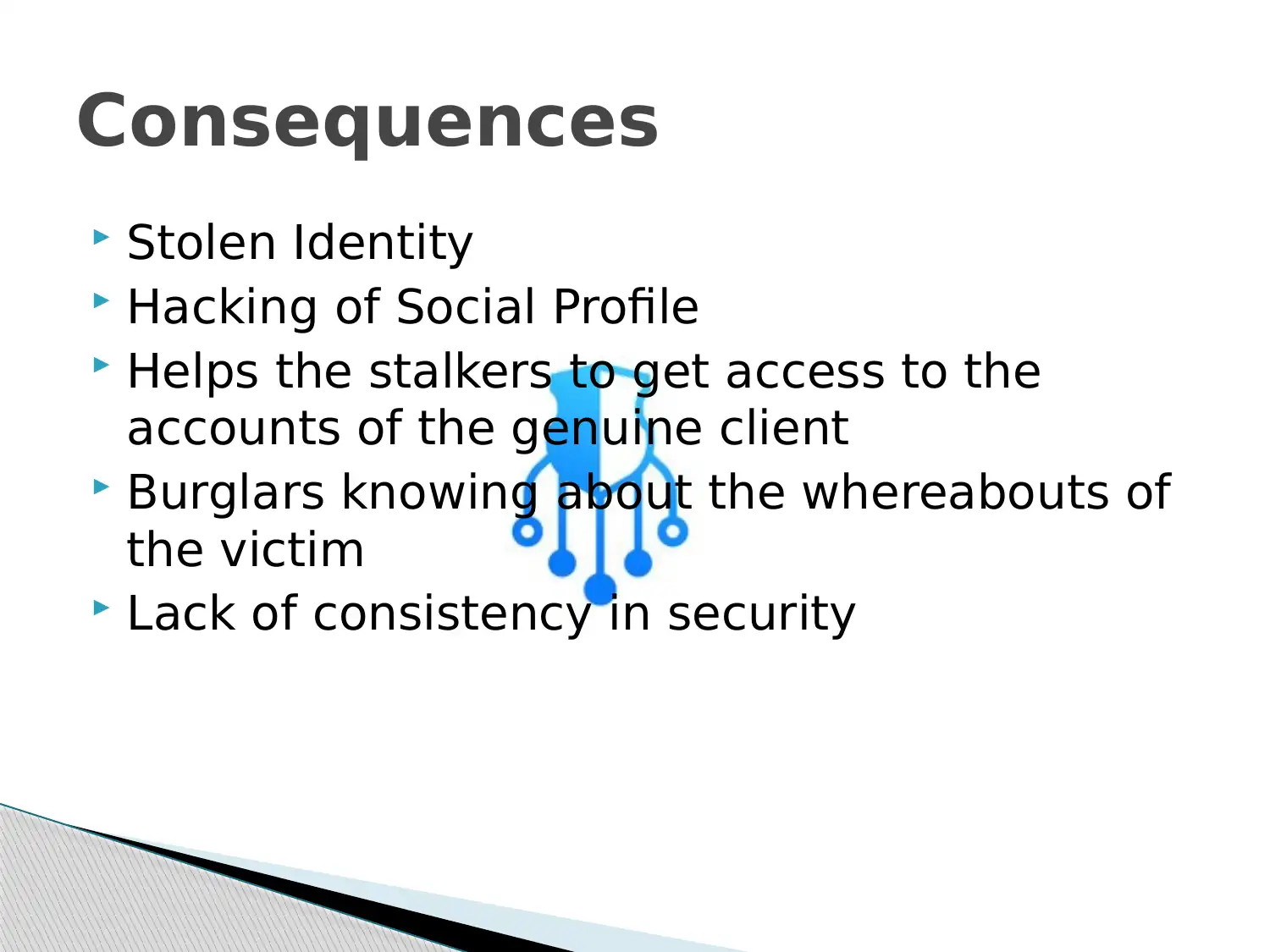
Stolen Identity
Hacking of Social Profile
Helps the stalkers to get access to the
accounts of the genuine client
Burglars knowing about the whereabouts of
the victim
Lack of consistency in security
Consequences
Hacking of Social Profile
Helps the stalkers to get access to the
accounts of the genuine client
Burglars knowing about the whereabouts of
the victim
Lack of consistency in security
Consequences

Stolen Identity
The identity of the genuine clients are at stake
with the imposters gaining access to the database
of the client where the personal details of the
clients are stored and privacy is ought to be
maintained in the framework of the database
(Richards, 2014).
The identity of the genuine clients are at stake
with the imposters gaining access to the database
of the client where the personal details of the
clients are stored and privacy is ought to be
maintained in the framework of the database
(Richards, 2014).
Secure Best Marks with AI Grader
Need help grading? Try our AI Grader for instant feedback on your assignments.

The imposters who have been trying to gain
the access to the social profile of a genuine
client acts. Social Media platform has been
acting as the major target of the imposters
for gaining unauthenticated access to the
data of the client stored in the database
Hacking of Social Profile
the access to the social profile of a genuine
client acts. Social Media platform has been
acting as the major target of the imposters
for gaining unauthenticated access to the
data of the client stored in the database
Hacking of Social Profile

The imposters who has been trying to track
the account of the data that are stored in
the database consists gain access to the
data of the clients (Jasper, 2017). This is
possible due to the factor of the lack of
robustness in the framework of the
database of the infrastructure.
Stalkers get access to the
accounts of the genuine client
the account of the data that are stored in
the database consists gain access to the
data of the clients (Jasper, 2017). This is
possible due to the factor of the lack of
robustness in the framework of the
database of the infrastructure.
Stalkers get access to the
accounts of the genuine client

The imposters on gaining the data of the
database of the clients are able to gain the
access of the data regarding the
whereabouts of the victim. The location of
the genuine client is tracked and the
imposter gains the access towards the
processing of the victim.
Knowing the whereabouts of
the victim
database of the clients are able to gain the
access of the data regarding the
whereabouts of the victim. The location of
the genuine client is tracked and the
imposter gains the access towards the
processing of the victim.
Knowing the whereabouts of
the victim
Paraphrase This Document
Need a fresh take? Get an instant paraphrase of this document with our AI Paraphraser
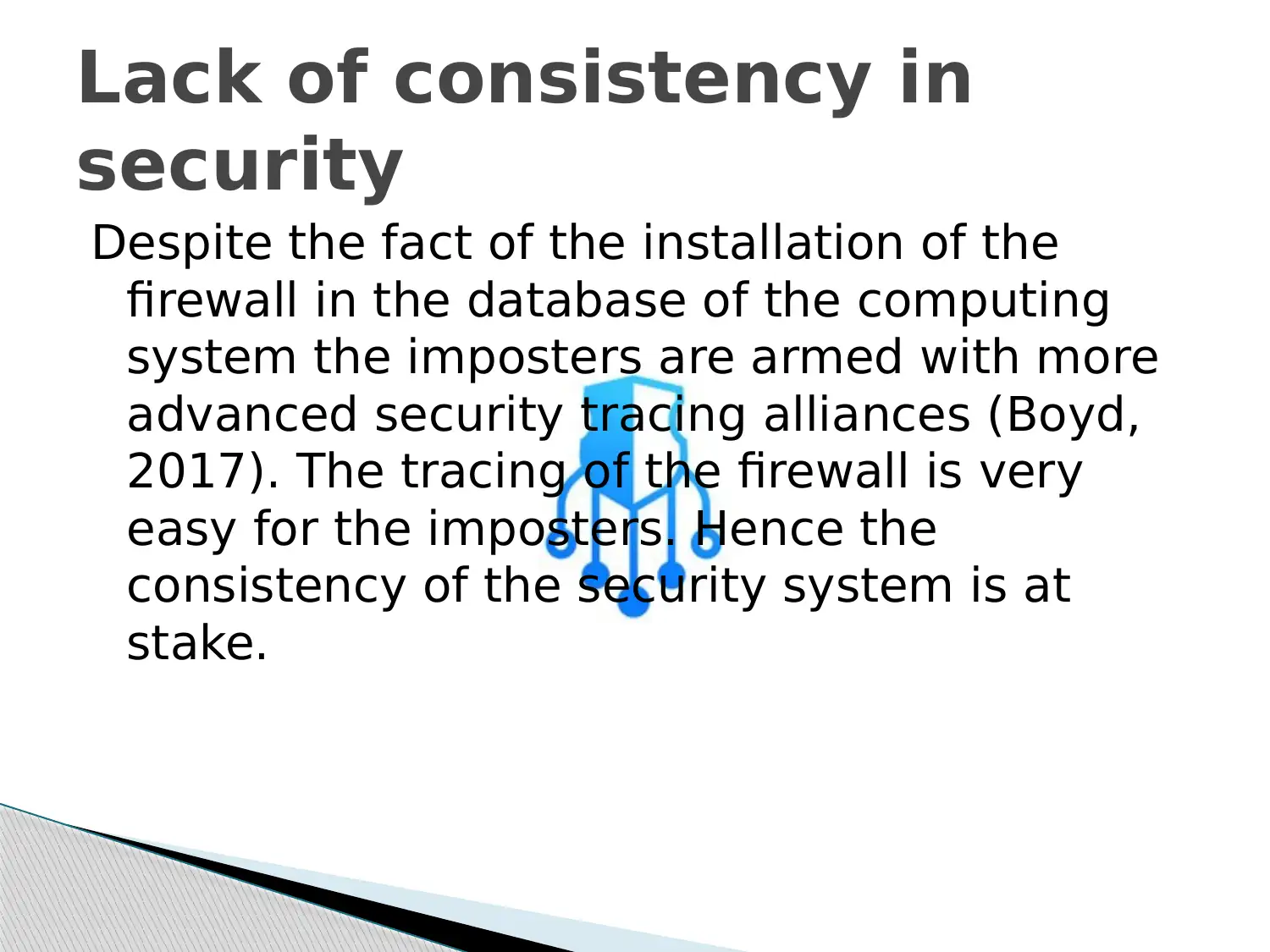
Despite the fact of the installation of the
firewall in the database of the computing
system the imposters are armed with more
advanced security tracing alliances (Boyd,
2017). The tracing of the firewall is very
easy for the imposters. Hence the
consistency of the security system is at
stake.
Lack of consistency in
security
firewall in the database of the computing
system the imposters are armed with more
advanced security tracing alliances (Boyd,
2017). The tracing of the firewall is very
easy for the imposters. Hence the
consistency of the security system is at
stake.
Lack of consistency in
security
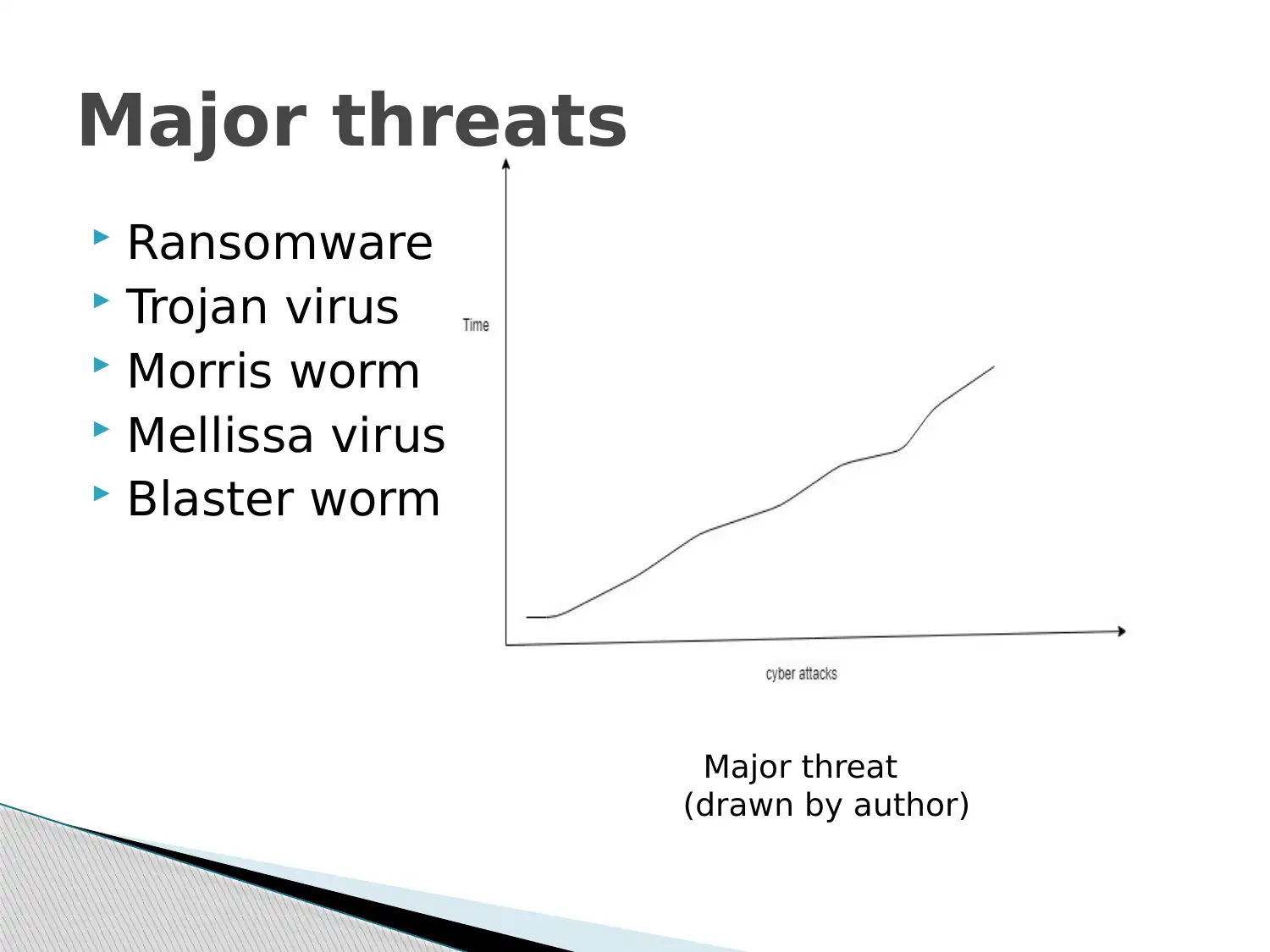
Ransomware
Trojan virus
Morris worm
Mellissa virus
Blaster worm
Major threats
Major threat
(drawn by author)
Trojan virus
Morris worm
Mellissa virus
Blaster worm
Major threats
Major threat
(drawn by author)

It can be concluded that the cyber crime is
the most advance criminal activity, which
involves computer, network, or some
networked device.
Most of the cybercrimes are carried out for
the purpose of getting profit and getting the
access to the information from other’s
device.
Conclusion
the most advance criminal activity, which
involves computer, network, or some
networked device.
Most of the cybercrimes are carried out for
the purpose of getting profit and getting the
access to the information from other’s
device.
Conclusion
Secure Best Marks with AI Grader
Need help grading? Try our AI Grader for instant feedback on your assignments.

Setting strong password
Installing the latest version of the antivirus
Making the framework robust in nature
One time password
Use update version of the software (Allen
and McAllister, 2015)
Recommendation
Installing the latest version of the antivirus
Making the framework robust in nature
One time password
Use update version of the software (Allen
and McAllister, 2015)
Recommendation
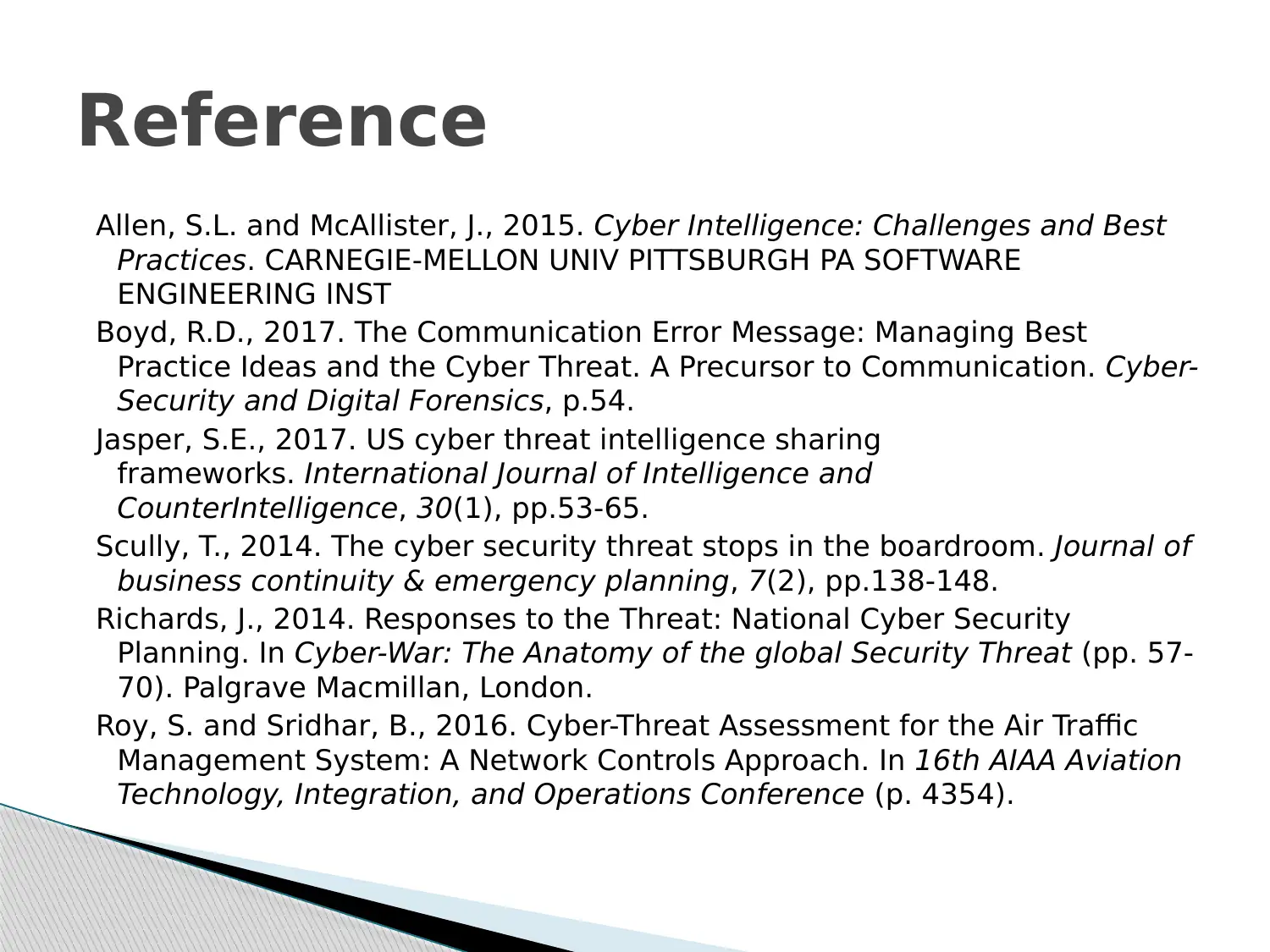
Allen, S.L. and McAllister, J., 2015. Cyber Intelligence: Challenges and Best
Practices. CARNEGIE-MELLON UNIV PITTSBURGH PA SOFTWARE
ENGINEERING INST
Boyd, R.D., 2017. The Communication Error Message: Managing Best
Practice Ideas and the Cyber Threat. A Precursor to Communication. Cyber-
Security and Digital Forensics, p.54.
Jasper, S.E., 2017. US cyber threat intelligence sharing
frameworks. International Journal of Intelligence and
CounterIntelligence, 30(1), pp.53-65.
Scully, T., 2014. The cyber security threat stops in the boardroom. Journal of
business continuity & emergency planning, 7(2), pp.138-148.
Richards, J., 2014. Responses to the Threat: National Cyber Security
Planning. In Cyber-War: The Anatomy of the global Security Threat (pp. 57-
70). Palgrave Macmillan, London.
Roy, S. and Sridhar, B., 2016. Cyber-Threat Assessment for the Air Traffic
Management System: A Network Controls Approach. In 16th AIAA Aviation
Technology, Integration, and Operations Conference (p. 4354).
Reference
Practices. CARNEGIE-MELLON UNIV PITTSBURGH PA SOFTWARE
ENGINEERING INST
Boyd, R.D., 2017. The Communication Error Message: Managing Best
Practice Ideas and the Cyber Threat. A Precursor to Communication. Cyber-
Security and Digital Forensics, p.54.
Jasper, S.E., 2017. US cyber threat intelligence sharing
frameworks. International Journal of Intelligence and
CounterIntelligence, 30(1), pp.53-65.
Scully, T., 2014. The cyber security threat stops in the boardroom. Journal of
business continuity & emergency planning, 7(2), pp.138-148.
Richards, J., 2014. Responses to the Threat: National Cyber Security
Planning. In Cyber-War: The Anatomy of the global Security Threat (pp. 57-
70). Palgrave Macmillan, London.
Roy, S. and Sridhar, B., 2016. Cyber-Threat Assessment for the Air Traffic
Management System: A Network Controls Approach. In 16th AIAA Aviation
Technology, Integration, and Operations Conference (p. 4354).
Reference
1 out of 12
Your All-in-One AI-Powered Toolkit for Academic Success.
+13062052269
info@desklib.com
Available 24*7 on WhatsApp / Email
![[object Object]](/_next/static/media/star-bottom.7253800d.svg)
Unlock your academic potential
© 2024 | Zucol Services PVT LTD | All rights reserved.